Seismic Analysis of Urban Underground Engineering Structures Based on Sensitivity Analysis
DOI: 10.23977/jemm.2021.060105 | Downloads: 35 | Views: 2063
Author(s)
Haiyu Li 1, Ziwen Wu 2, Kaiyun Yang 2
Affiliation(s)
1 No.1 Institute of Architecture, Henan Urban and Rural Planning and Design Research Institute Co .Ltd, Zhengzhou, Henan, China
2 School of Civil Engineering and Communication, North China University of Water Resources and Electric Power, Zhengzhou, Henan, China
Corresponding Author
Haiyu LiABSTRACT
Dynamic response analysis of underground structures is a key research topic in structural dynamic analysis in recent years, which plays a very important role in engineering construction. Three-dimensional dynamic model is established by large-scale finite element program, and the structure is modified by design parameter model modification method based on sensitivity analysis. The basic finite element model of the structure is established, and the deformation and internal force response of the structure are obtained. The inter-story displacement difference, inter-story displacement angle and static and dynamic mechanical characteristics of the structure are analyzed. Explore the use of elastic boundary element between soil and structure to carry out seismic analysis of structures; Compared with the same structure without elastic boundary element, it is very necessary to calculate the earthquake resistance of underground structure.
KEYWORDS
Sensitivity analysis, Finite element, Underground structure, Seismic analysisCITE THIS PAPER
Haiyu Li, Ziwen Wu, Kaiyun Yang. Seismic Analysis of Urban Underground Engineering Structures Based on Sensitivity Analysis. Journal of Engineering Mechanics and Machinery (2021) Vol. 6: 30-36. DOI: http://dx.doi.org/10.23977/jemm.2021.060105
REFERENCES
[1] Elansary A A, El Damatty A A.(2018). Seismic analysis of liquid storage composite conical tanks. Engineering Structures, vol. 159, no. 15, pp. 128-140.
[2] Farghaly A A.(2017). Seismic analysis of adjacent buildings subjected to double pounding considering soil–structure interaction. International Journal of Advanced Structural Engineering, vol. 9, no. 1, pp. 51-62.
[3] Mazza F.(2019). In-plane-out-of-plane non-linear model of masonry infills in the seismic analysis of r.c.-framed buildings. Earthquake Engineering & Structural Dynamics, vol. 48, no. 4, pp. 432-453.
[4] Shen X, Chen Y, Liu H, et al.(2018). Application of the Pushover method in the seismic analysis of CFST arch bridge. Zhendong yu Chongji/Journal of Vibration and Shock, vol. 37, no. 6, pp. 182-187 and 194.
[5] Pandit A R, Biswal K C.(2019). Seismic Control of Structures Using Sloped Bottom Tuned Liquid Damper. International Journal of Structural Stability and Dynamics, vol. 19, no. 09, pp. 63-69.
[6] Mohsen, Saleh, Asheghabadi, et al.(2019). Finite Element Seismic Analysis of Soil–Tunnel Interactions in Clay Soils. Iranian Journal of Science and Technology, Transactions of Civil Engineering, vol. 43, no. 4, pp. 835–849.
[7] Yi S R, Wang Z, Song J.(2017). Bivariate Gaussian mixture-based equivalent linearization method for stochastic seismic analysis of nonlinear structures. Earthquake Engineering & Structural Dynamics, vol. 47, no. 3, pp. 678-696.
[8] Fm A, Rl A.(2018). Effects of nonlinear modelling of the base-isolation system on the seismic analysis of r.c. buildings. Procedia Structural Integrity, no. 11, 226-233.
[9] Zhang, Cong.(2018). Analysis of Fire Safety System for Storage Enterprises of Dangerous Chemicals. Procedia Engineering, no. 211, pp. 986-995.
| Downloads: | 10886 |
|---|---|
| Visits: | 403572 |
Sponsors, Associates, and Links
-
Cybernetics and Mechatronics
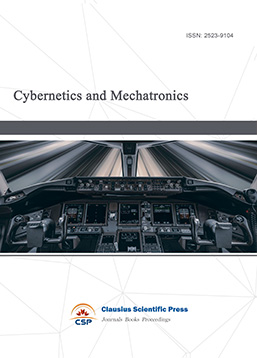
-
Digital Manufacturing and Process Management

-
Ultra-Precision Machining Process

-
Journal of Robotics and Biomimetics
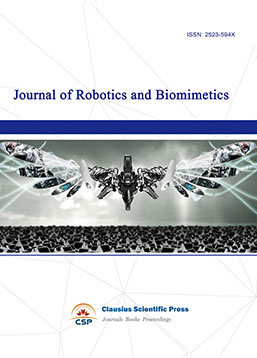
-
Prognostics, Diagnostics and Health Management

-
Micro-Electro-Mechanical Systems

-
Journal of Precision Instrument and Machinery
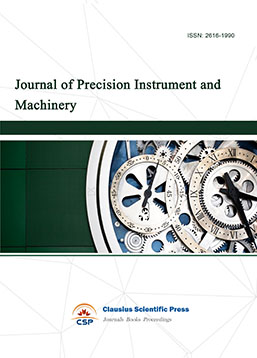
-
Engineering and Solid Mechanics

-
Fracture and Damage Mechanics
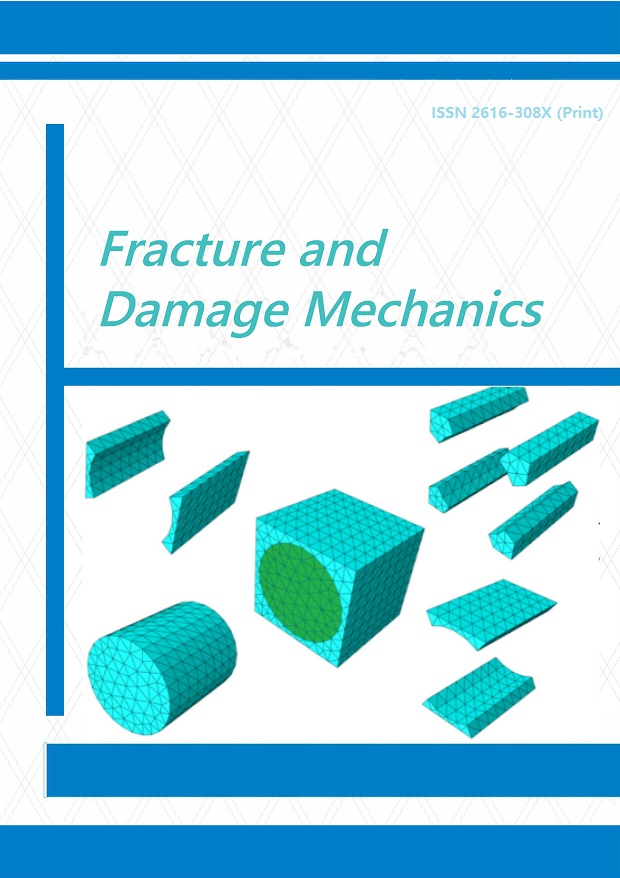
-
Frontiers in Tribology

-
Fluid and Power Machinery

-
Chemical Process Equipment
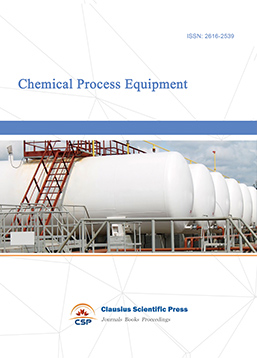
-
Journal of Assembly and Manufacturing

-
Mechanical Vibration and Noise


 Download as PDF
Download as PDF